Brain scans may soon predict best antidepressant for you
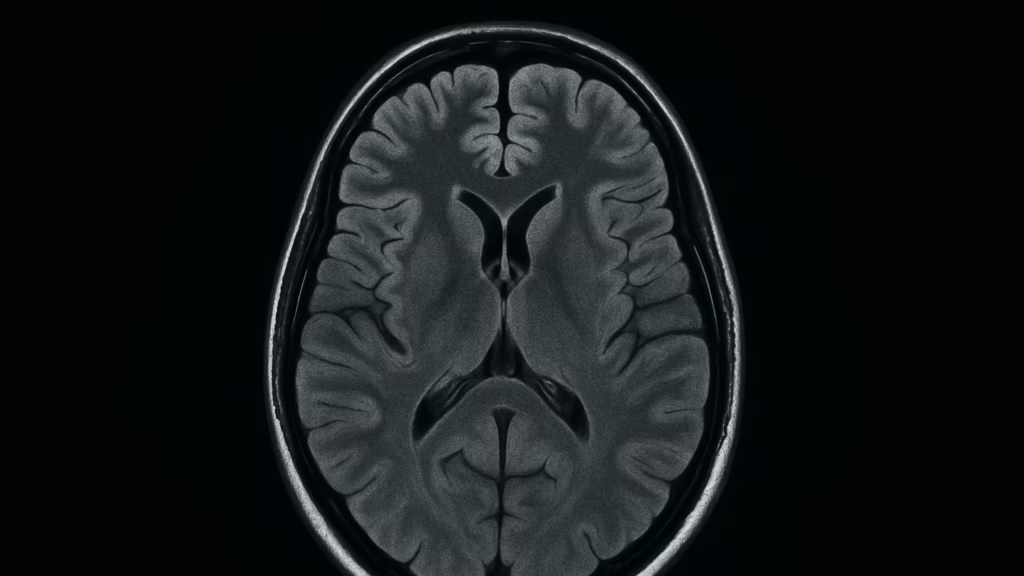
University of California, Irvine researchers identify brain connectivity patterns to enhance antidepressant response predictions using imaging data.
“Electron, go straight ahead!” a shortcut to AI computation discovered
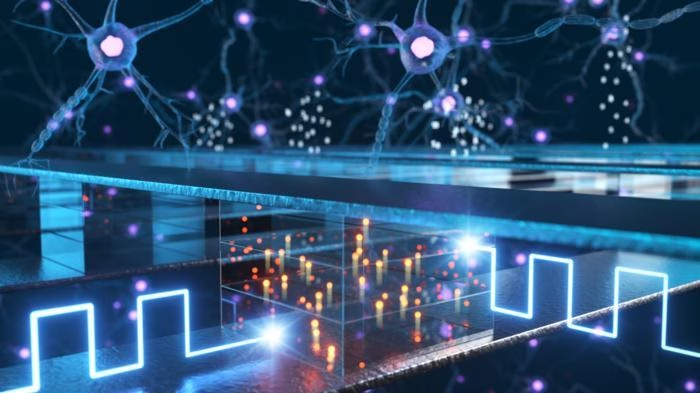
Researchers at POSTECH uncover hidden mechanisms behind Electrochemical Random-Access Memory (ECRAM) devices for faster AI.
Groundbreaking study uncovers how our brain learns
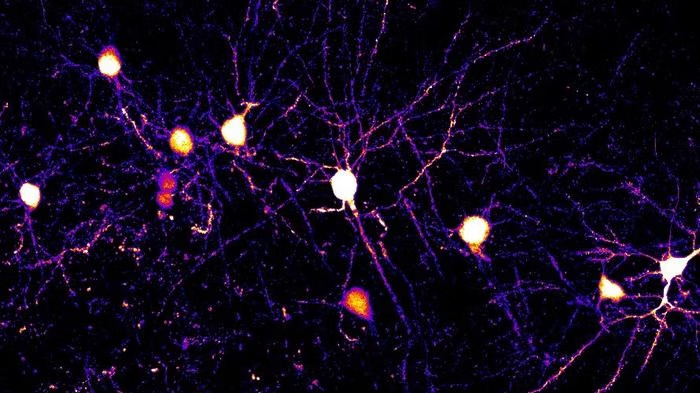
UC San Diego researchers reveal synaptic plasticity rules, using advanced imaging to track neural changes during learning.
Revolutionizing grape yield predictions: the rise of semi-supervised berry counting with CDMENet
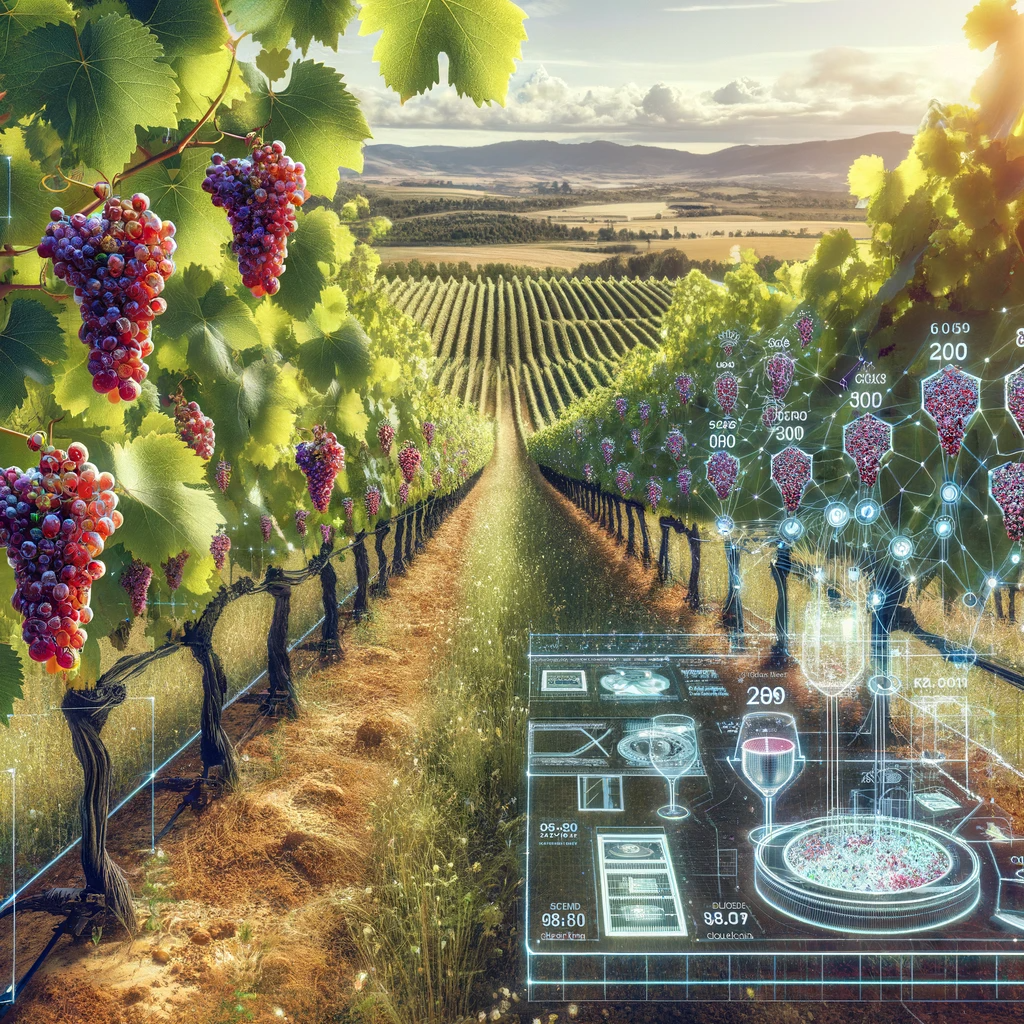
From Nanjing Agricultural University The Academy of Science 16/01/24 To improve grape yield predictions, automated berry counting has emerged as a crucial yet challenging task due to the dense distribution and occlusion of berries. While grape cultivation is a significant global economic activity, traditional manual counting methods are inaccurate and inefficient. Recent research has shifted […]
How AI could help optimize nutrient consistency in donated human breast milk
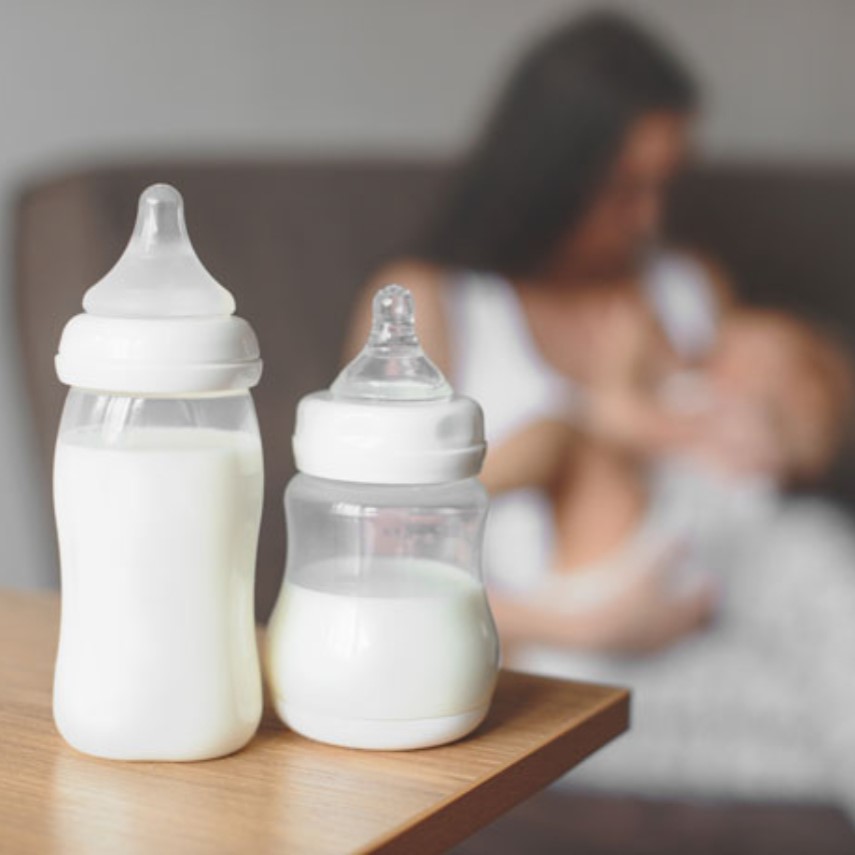
From University of Toronto Faculty of Applied Science & Engineering 22/11/23 A team of University of Toronto Engineering researchers, led by Professor Timothy Chan, is leveraging machine learning to optimize the macronutrient content of pooled human donor milk recipes. The researchers introduce their data-driven optimization model in a new paper published in Manufacturing and Systems […]
AI-driven earthquake forecasting shows promise in trials
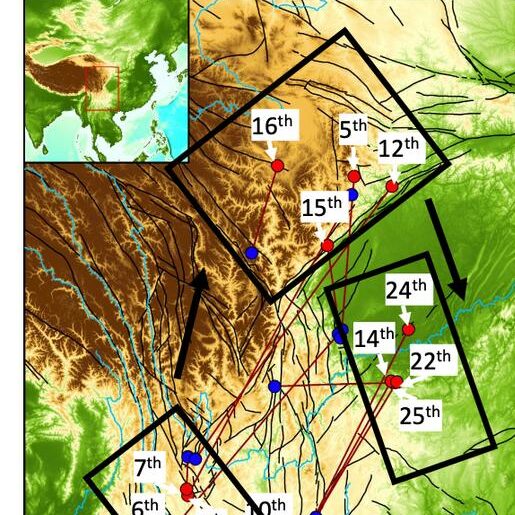
From University of Texas at Austin 13/10/23 A new attempt to predict earthquakes with the aid of artificial intelligence has raised hopes that the technology could one day be used to limit earthquakes’ impact on lives and economies. Developed by researchers at The University of Texas at Austin, the AI algorithm correctly predicted 70% of […]
AI ten times faster at drug discovery: 1.5 billion potential compounds screened

From Journal of Chemical Information and Modeling 01/10/23 Boosting virtual screening with machine learning allowed for a 10-fold time reduction in the processing of 1.56 billion drug-like molecules. Researchers from the University of Eastern Finland teamed up with industry and supercomputers to carry out one of the world’s largest virtual drug screens. In their efforts […]
Nanoparticle computer vision boosts understanding of how lithium-ion batteries work
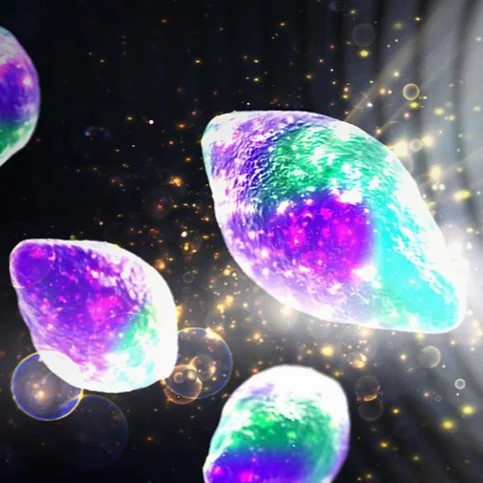
From DOE/SLAC National Accelerator Laboratory 15/09/23 Billions of tiny particles packed into rechargeable lithium-ion battery electrodes are responsible for storing charge and making it available when it’s needed to do work. X-ray movies of this process show the particles absorbing and releasing lithium ions as the battery charges and discharges. Now, in an important step […]
AI discovers magnetic materials to replace rare earth elements used in green tech
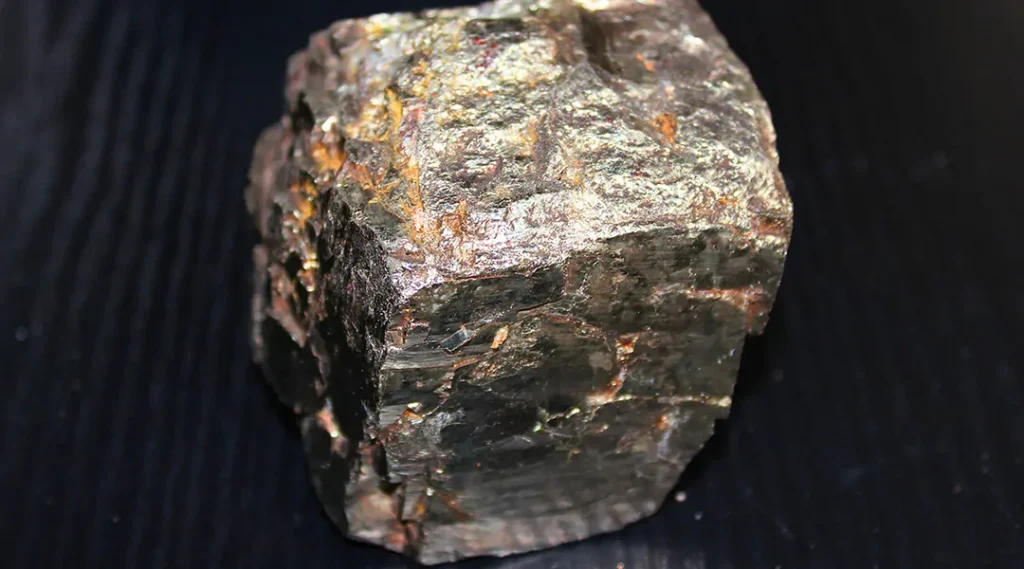
From DOE/Ames National Laboratory 06/08/23 A team of scientists from Ames National Laboratory developed a new machine learning model for discovering critical-element-free permanent magnet materials. The model predicts the Curie temperature of new material combinations. It is an important first step in using artificial intelligence to predict new permanent magnet materials. This model adds to […]
Shaking up seismology: How deep learning AI is forecasting earthquake aftershocks
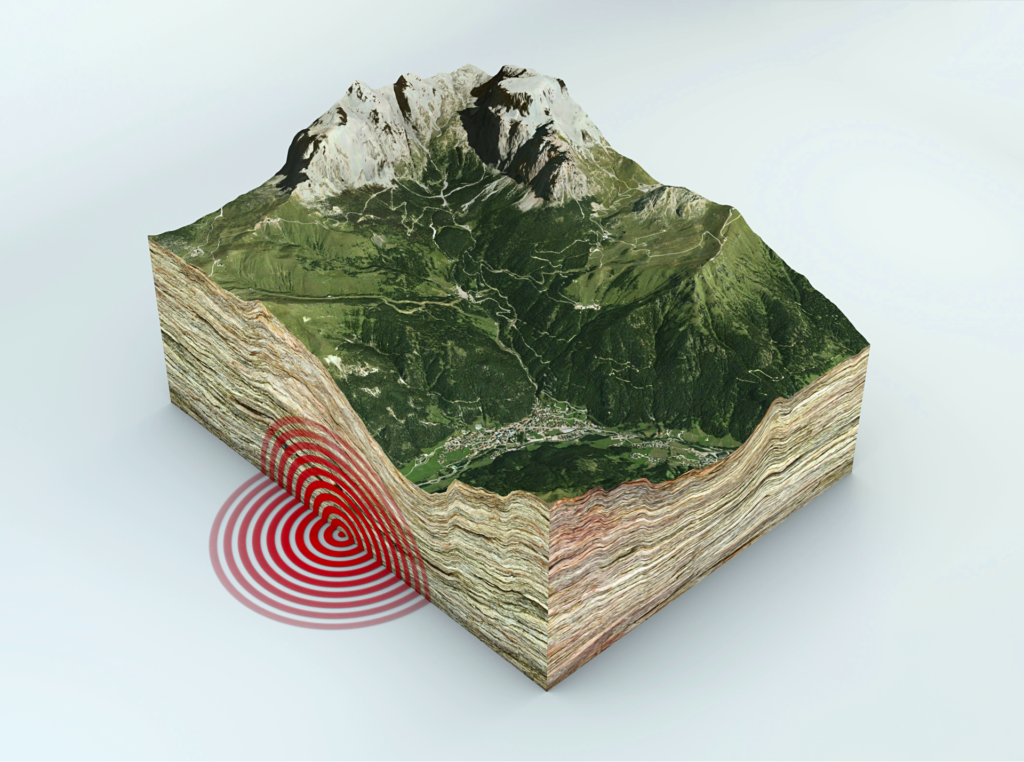
From University of California – Santa Cruz 04/09/23 For more than 30 years, the models that researchers and government agencies use to forecast earthquake aftershocks have remained largely unchanged. While these older models work well with limited data, they struggle with the huge seismology datasets that are now available. To address this limitation, a team […]
